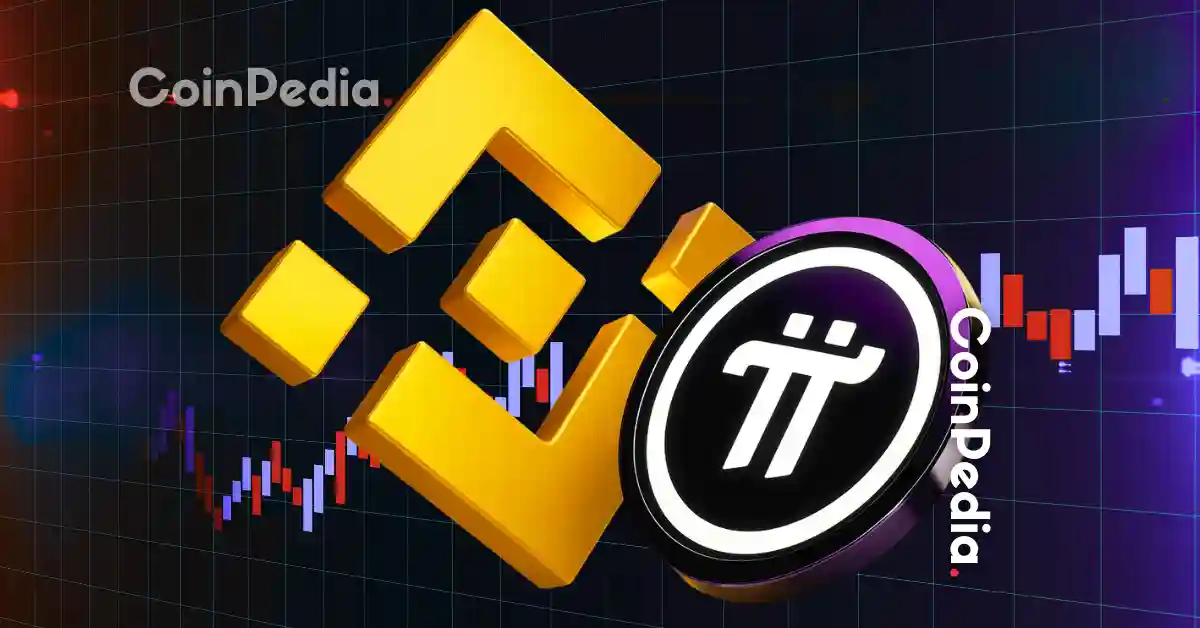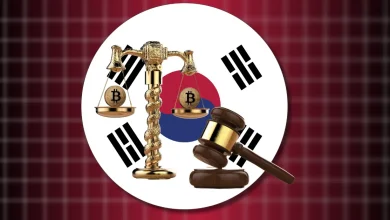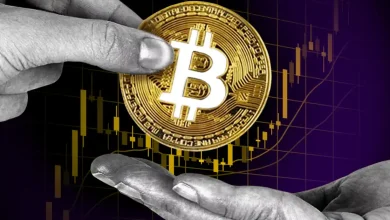
Binance listing doubts grow as Pi Network faces delays in achieving full decentralization.
Locked rewards and Testnet reliance raise questions about the project’s readiness for major exchange listings.
Analysts warn that centralized control by the Pi Core Team could stall Pi’s mainstream adoption.
Pi Network may have built one of the largest communities in crypto, with tens of millions of users worldwide, but its journey to mainstream recognition is far from smooth. Despite its massive following and growing brand value, Pi Coin has yet to secure a spot on major exchanges like Binance or Coinbase.
Crypto analyst Mr Spock points to one major roadblock: the project is still far from being fully decentralized.
Adding to the challenge, market sentiment around Pi has soured in recent months, with the coin stuck in a “bleeding phase” since mid-2025, weighed down by heavy selling pressure, shrinking trading volumes, and waning investor confidence.
Centralized Control Remains the Core Hurdle
While Pi markets itself as a community-driven project, major protocol decisions, from upgrades to developer rules, are still firmly in the hands of the Pi Core Team. This centralization contradicts the image of an open, decentralized ecosystem. Instead of guiding the project through its transitional phase, the Core Team often operates as if Pi has already achieved decentralization, leaving the community to fill in the gaps.
Still Stuck Between Testnet and Full Mainnet
Despite entering what’s called the “Open Network” phase, most blockchain activity is still running on Testnet, not Mainnet. Only a small fraction of Pi node operators are live on Mainnet, meaning decentralization exists more in theory than in practice. Key parts of the ecosystem, including referral rewards, validator payouts, and early participation bonuses, remain locked, visible in user accounts but unavailable for use. This delay risks weakening trust and developer interest.
Leadership, Not Distance, Is Needed Now
Mr Spock stresses that the Pi Core Team must accept its role as an active leader until the network reaches full decentralization. Bitcoin’s Satoshi Nakamoto could step away only after the network was self-sustaining, but Pi is not there yet.
To move forward, the Core Team must boost transparency, release overdue rewards, provide consistent updates, and ensure the ecosystem is fully ready for decentralization.
On the Flip Side..
Not everyone agrees with Mr Spock’s call for more openness. Crypto commentator Engr. King argued that transparency is not always essential, pointing to Bitcoin’s early days when Satoshi stayed silent. In his view, investors should accept the 50-50 risks that come with early-stage crypto projects.
But Mr Spock countered that the comparison is not correct. Bitcoin is fully decentralized, with miners receiving rewards instantly and without approval. Pi, on the other hand, keeps mined coins locked even after KYC, releasing them only when the Core Team decides, a clear sign of centralized control.
Never Miss a Beat in the Crypto World!
Stay ahead with breaking news, expert analysis, and real-time updates on the latest trends in Bitcoin, altcoins, DeFi, NFTs, and more.
FAQs
Pi Coin remains unlisted on major exchanges due to its lack of full decentralization, with the Pi Core Team still controlling protocol upgrades and reward distributions.
No – Despite its “Open Network” phase, most activity runs on Testnet, node operators are limited, and the Pi Core Team retains control over locked rewards and key decisions.
Analysts urge the Core Team to boost transparency, unlock overdue rewards, and fully transition to Mainnet before claiming true decentralization.
Trust with CoinPedia:
CoinPedia has been delivering accurate and timely cryptocurrency and blockchain updates since 2017. All content is created by our expert panel of analysts and journalists, following strict Editorial Guidelines based on E-E-A-T (Experience, Expertise, Authoritativeness, Trustworthiness). Every article is fact-checked against reputable sources to ensure accuracy, transparency, and reliability. Our review policy guarantees unbiased evaluations when recommending exchanges, platforms, or tools. We strive to provide timely updates about everything crypto & blockchain, right from startups to industry majors.
Investment Disclaimer:
All opinions and insights shared represent the author's own views on current market conditions. Please do your own research before making investment decisions. Neither the writer nor the publication assumes responsibility for your financial choices.
Sponsored and Advertisements:
Sponsored content and affiliate links may appear on our site. Advertisements are marked clearly, and our editorial content remains entirely independent from our ad partners.








